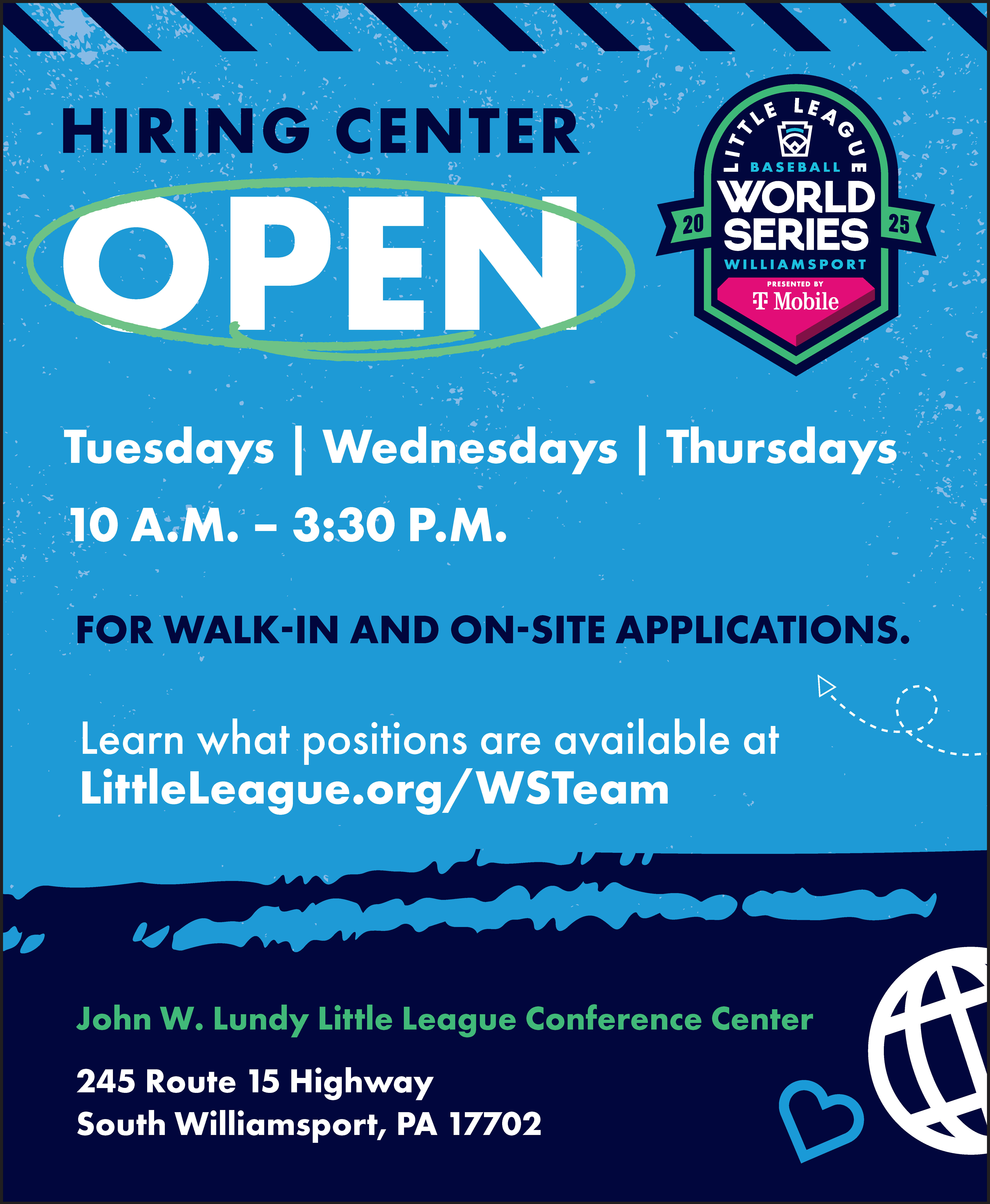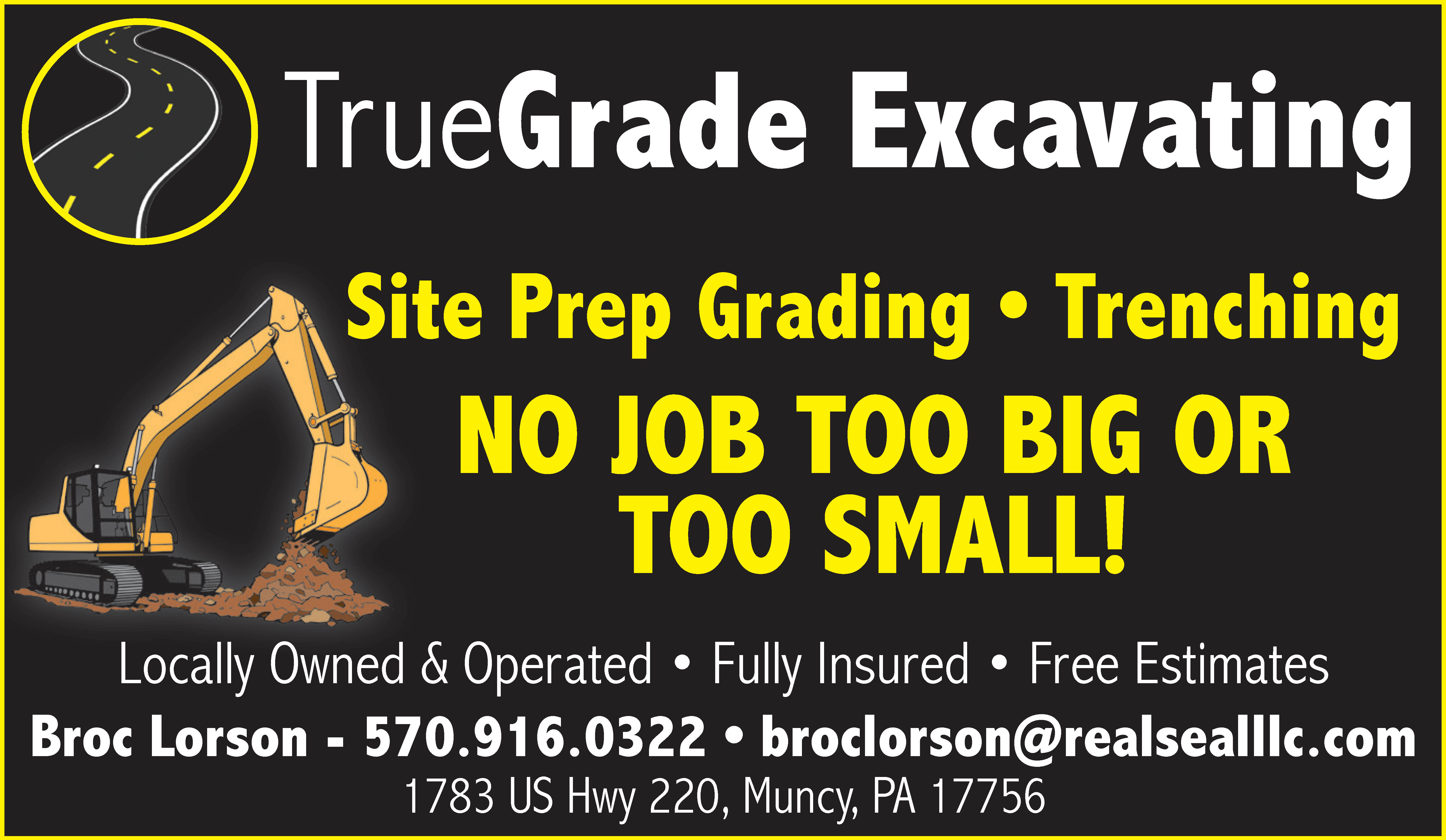By Shari Berthold, DPT
Physical Therapy, UPMC
Osteoporosis is a bone disease that occurs when the body loses too much bone, makes too little bone, or both. As a result, bones become weak and may break from a fall or, in serious cases, from sneezing or minor bumps. Osteoporosis is very common, affecting one out of every two women and one out of every four men, and is often associated with age.
Do I have osteoporosis?
While there are often no symptoms until you break a bone, screenings and tests are available. There are certain factors that can put you at increased risk for the disease, including:
• You have a parent that broke a hip after a minor fall.
• You smoke more than 20 cigarettes a day.
• You frequently suffer diarrhea.
• You have broken a bone after a minor bump or fall.
• You have taken steroids for more than 3 months.
• You drink alcohol heavily.
• You have lost more than 3cm in height.
• Your periods have stopped for 12 months or more.
• You have a low body mass index (BMI).
• You are a woman and over the age of 65.
If you answered “yes” to any of the previous questions, you should talk to your doctor about being screened.
Staying Fit with Osteoporosis
If you are diagnosed with osteoporosis, it is important for you to learn how to move, function, and exercise to prevent injury and build bone. Here are some tips to help you move your body safely:
Keep your spine in good alignment. You can practice finding good posture by standing against a wall. The back of the head, the shoulders, hips, and ankles should all be touching the wall. You can also take a picture from the side and evaluate your position. You may have to work on the flexibility in your joints to achieve proper alignment, particularly in your upper back. You also may have to work on strengthening postural muscles in your neck, upper back, and buttocks so you can maintain proper postures.
Avoid spinal flexion, hunching, and lifting with your back. The bones of the spine, called vertebrae, are weakened by osteoporosis and can crush/collapse when bent forward (called a compression fracture). Avoid bending forward to touch your toes or pick up objects from the floor. When bending or lifting, you can check if your spine is in a safe position by holding a rod or stick along your spine. If you can complete the exercise with your neck, upper back, and low back maintaining contact with the straight line, the exercise should be safe. Note that many yoga positions have positions of spinal flexion. If you would like to participate in yoga, be sure the class is specifically designed for people with osteoporosis.
Avoid twisting. A twisting force can break a weakened bone. Your shoulders, hips, knees, and feet should always be pointing in the same direction. Avoid pivoting and sports with high risk for twisting including tennis, golf, and basketball. Use caution when getting out of bed, getting up from the floor, and getting on/off equipment. Carefully activate your core, roll to the side as a unit (called a log roll), and rise keeping your spine in a straight line.
Avoid bending to the side. Use the guideline of keeping both shoulders over both hips.
Avoid activities that increase your risk of falling. With weakened bones, even a minor fall can break a bone.
Training and exercise are important for bone health and play a role in living with osteoporosis:
Strength training is important to place strain on bones in a way that helps build bone. Strength training can be done with body weight (squats, lunges, push-ups, planks), free weights, resistance bands, or machines. Be sure to use good technique with the principles mentioned above.
Weight-bearing exercise is also important and helps to build bone. This includes walking and using the elliptical and/or steppers. Biking and exercising in a swimming pool may be beneficial if joints are very painful, but these are not particularly effective at building bone.
Balance exercise helps to reduce the risk of falls and subsequent injury. An example would be walking an imaginary tightrope. Just like a tightrope walker in a circus, this exercise involves holding your arms straight out from your sides, parallel to the floor. With your arms out, walk in a straight line, pausing for one or two seconds each time you lift your back leg off the ground. Take between 15 and 20 steps this way. While walking, keep your head straight and look at a fixed spot in front of you to help maintain balance.
Exercise, along with diet and medication, is a critical component of successful treatment for osteoporosis.
Ask for Help
If you feel fearful or are having trouble getting an exercise program started, consult your primary care provider who can refer you to a physical therapist. Physical therapists are experts in movement, function, and exercise modifications, and can safely teach you how to move so you are on the road to better bone health.
Shari Berthold, DPT, is a physical therapist with Pain Management and Rehabilitation Services at UPMC Williamsport. For more information, visit UPMCSusquehanna.org/Rehab.




Leave a Comment
Your email address will not be published. Required fields are marked with *